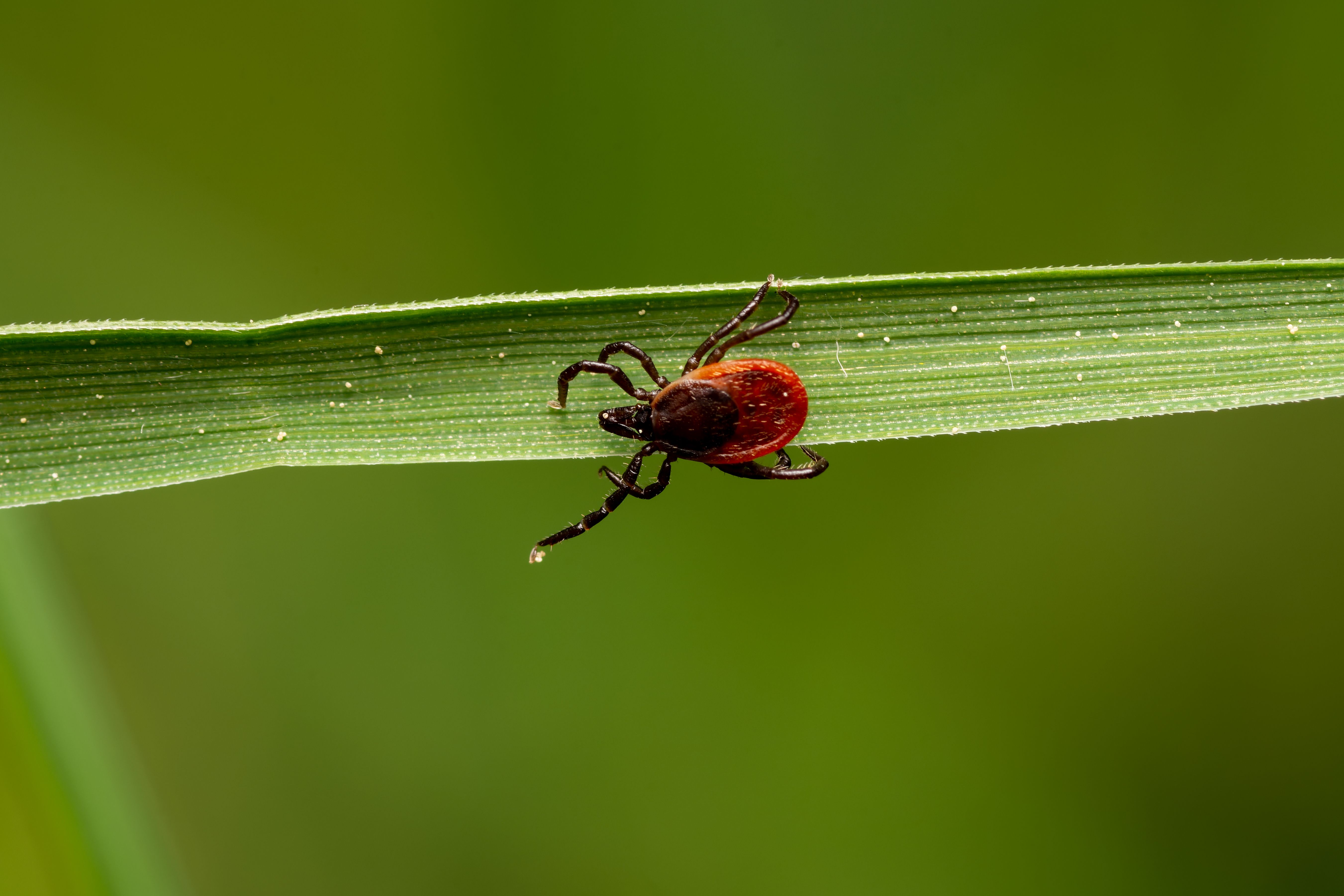Dangerous Tick-Borne Disease Babesiosis Spreads to Delaware and Maryland

Ticks are infamous disease spreaders. While best known for spreading Lyme Disease, ticks are responsible for spreading a variety of other ailments, including Rocky Mountain Spotted Fever, Alpha-Gal syndrome, Powassan Virus, and Anaplasmosis, among others. One particularly noteworthy tick-borne disease is Babesiosis. While historically the parasitic disease was limited in its range to the Northeast and the Upper Midwest, ticks carrying the disease have been found further south, including in the Mid-Atlantic states of Delaware and Maryland.
How Ticks Spread Disease
Ticks pick up the disease by feeding on the blood of rodents like mice, shrews and chipmunks. Hiding inside the rodent blood is Babesia microti, the parasite that causes Babesiosis. When the tick bites a new host and begins feeding, there’s a good chance that the disease will be passed on and infect the tick’s latest victim. Babesiosis parasites harm people by destroying their red blood cells. While some people may experience no symptoms, Babesiosis is known to cause headaches, body aches, fever, chills, nausea, fatigue, and loss of appetite. In extreme cases, if left untreated, the disease can cause organ failure and death.
Due to changes in the climate, ticks are active for more of the year and have expanded their territory. Entomologists have found Blacklegged Ticks, also known as Deer Ticks, carrying the disease farther south than usual, including the peninsula formed by Delaware and the Eastern Shore of Maryland. Rare human cases of Babesiosis have also been found in the region.
Preventing Tick Bites
Ticks tend to live on tall grasses and can be difficult to see due to their small size. Most ticks are the size of a seed. When going outdoors, it’s essential to protect yourself properly. Skin coverage is critical. Ticks are most likely to latch onto humans by their feet and lower legs, so it is wise to cover them with shoes and socks when wandering into the grass. You should wear full-length pants and long sleeves if you walk into heavily wooded areas, where black-legged ticks are more common. While unfashionable, you should also tuck your pants into your socks to prevent ticks from climbing up your legs beneath your pants. EPA-approved tick sprays can also help to keep these vampiric pests away.
Whenever you come in from outdoors, it’s important to check yourself and any kids or pets for ticks. If you find ticks shortly after they first latch on, it reduces the risk of disease transmission. Ticks aren’t going to let go of their host without a fight, so follow this guide to learn how to remove a tick.
Professional Tick Treatment from Viking Pest and Last Bite
The best way to deal with ticks is not to encounter them in the first place. That’s why Viking Pest offers, Last Bite, our Tick and Mosquito treatment service. Last Bite can help you get rid of ticks on your yard before they can get to you or your family, preventing the risk of tick-borne diseases to begin with. Call Viking today to schedule a Last Bite treatment.











